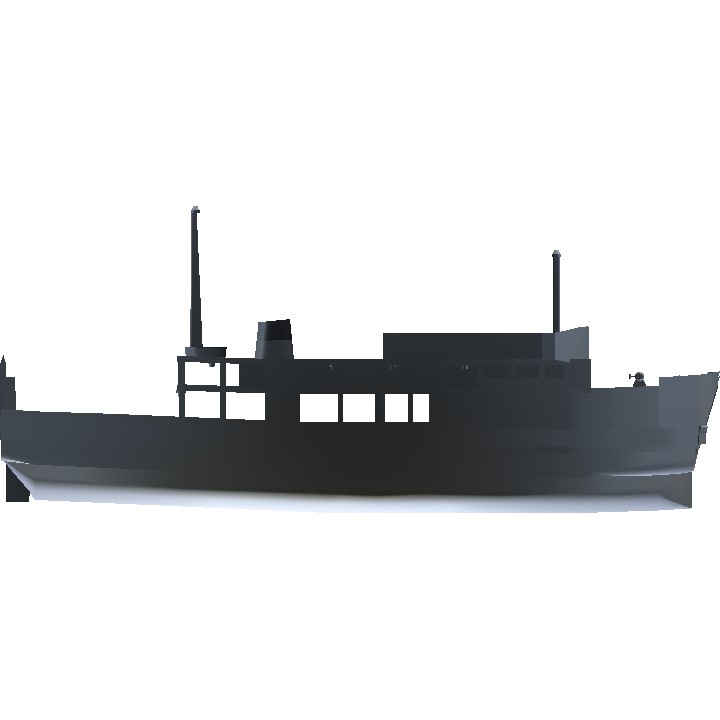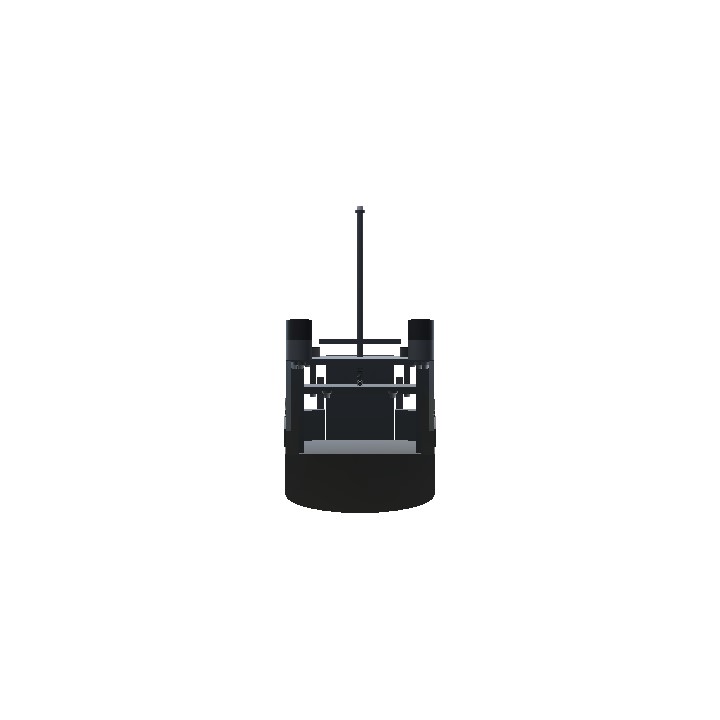Welcome aboard. M/V Maria Felisa Version 2.0 Collaboration with @DismantledPerseverance @Masotan15
Huge thank you to @Masotan15 for adding the text
Maria Felisa/Vanessa info
Photo Credits to the owner
The Maria Felisa was built in 1983 by the Nakamura Shipbuilding and Engineering Works in Yanai yard as the Ferry Sumoto. Meanwhile, Maria Vanessa was built in 1986 by Naikai Zosen Corporation in Onomichi yard in as the Ferry Shinawaji. Both had identical external dimensions at 57.4 meters length over-all (LOA), 53.3 meters length between perpendiculars (LBP), a breadth of 13.0 meters and a depth of 4.1 meters. The gross tonnages (GT) of the sister ships are nearly identical too with the Maria Felisa at 1,018 and the Maria Vanessa at 1,019. Their gross register tonnages (GRT) in Japan were not identical with the Maria Felisa at 955 tons and the Maria Vanessa at 960. Locally, the net tonnages (NT) stood at 609 for Maria Felisa and 610 for Maria Vanessa. The deadweight tonnages (DWT) of the two in Japan were not close at 394 tons for Maria Vanessa and 349 tons for Maria Felisa. Locally, it was disparate too especially since Maria Vanessa‘s rose to 482 tons.
Photo Credits to Montenegro Shipping Lines
However, though nearly identical, the passenger capacities of the two sisters are not close. Maria Felisa’s is 398 and Maria Vanessa‘s is 440. Maybe the difference came from the benches built in the superstructure side of the outside passageways of Maria Vanessa which are vulnerable to rain coming from the bridge deck. The sister ships have identical powerplants with twin Yanmar Marine diesels with a total of 3,600 horsepower which gave an identical top speed of 15.5 knots when new. And maybe this identical powerplants were part of the reason why the two were paired in the same route. They can share spares, the engine hands can share knowledge in maintenance and trouble-shooting and the ships can benefit with the many advantages that commonality can bestow.
Maria Felisa has the permanent ID IMO 8300676 while Maria Vanessa‘s is IMO 8608963. The Call Sign of Maria Felisa is DUE2171 and that of Maria Vanessa is DUE2170. The closeness of the call signs also indicate the closeness of their arrival and registration and it could have even be on the very same day in 1984. Now that suggests only one agent brokered their sale to Montenegro Lines. The two ships have no MMSI (Maritime Mobile Service Identity) Codes which means they are not trackable by AIS (Automatic Identification System).
The sister ships are RORO (Roll On, Roll Off) ships with two ramps (at the bow and at the stern) leading to a single car deck. The bow is protected as it has a rectangular box with the docking equipment mounted on its roof. In the stern, the scantling is not full and so the car deck is not protected against rain and strong waves. There are three car lanes with small vehicles shoehorned in tight spaces in the car deck outside the three main car lanes. The sister ships might have a true total of 170 actual lane-meters of rolling cargo space because of that.
Maria Felisa and Maria Vanessa have only one solitary passenger deck and a bridge deck accessible to passengers but there are no seats or scantling there for passengers and so it just functions as a viewing deck. Both ships have two masts and two funnels at each side. The original Japan passenger accommodation which is airconditioned serves as the Tourist section and benches were built at the stern and sides and these are the Economy sections. The spaces for the Economy is actually too little. The small canteen is located inside the Tourist section but it has only a few quickie offerings.
The two sister ships are very much connected with Surigao and Southern Leyte as they were the primary ferries used by Montenegro Shipping Lines, Inc. (MSLI) to open the Benit (San Ricardo, Leyte) to Lipata (Surigao City) route which was a new route connecting the two provinces and two island groups (Visayas and Mindanao). This route is about 65% shorter than the old route of Liloan-Lipata and so it immediately became a success as the transit time is shorter and the rates cheaper (but much more expensive per nautical mile than the competing Liloan-Lipata route and so Montenegro Lines profits more and that calls the question again when did MARINA ever learned how to compute rates).
With a size bigger than a basic, short-distance ferry-RORO, the sister ships proved just fit for the requirements of the route. And with a speed faster than a basic, short-distance ferry-RORO that became an added boon as at full trot they can cover the entire 13-nautical mile distance in one hour if the time spent for docking maneuver is subtracted (the docking maneuver add minutes as the Surigao Strait has strong current and the sisters always have to turn as they always do stern docking). Compare that to the 3 to 4 hours of the ferries in the rival Liloan-Lipata route, the additional land distance of 41 kilometers no longer matters much as that can just be covered in one hour.
In game screenshots

Controls :
AG1 + VTOL up = Bow Ramp
AG2 +VTOL up = Stern Ramp
AG5 = Lights
! New Design !
= Light Feature
= Winch Design
= Text
= Glass Reflection
= Cameras (bow,passenger deck,Stern ramp)
(Note : Stern ramp camera will be fixed soon)
Specifications
Spotlights
- masotan15 4.7 years ago
- ShirakamiShimada 4.7 years ago
General Characteristics
- Predecessor MV Maria Felisa with logo
- Created On Android
- Wingspan 44.1ft (13.4m)
- Length 182.6ft (55.7m)
- Height 77.7ft (23.7m)
- Empty Weight N/A
- Loaded Weight 37,866lbs (17,176kg)
Performance
- Power/Weight Ratio 0.593
- Wing Loading 219.9lbs/ft2 (1,073.5kg/m2)
- Wing Area 172.2ft2 (16.0m2)
- Drag Points 174763
Parts
- Number of Parts 354
- Control Surfaces 0
- Performance Cost 930





